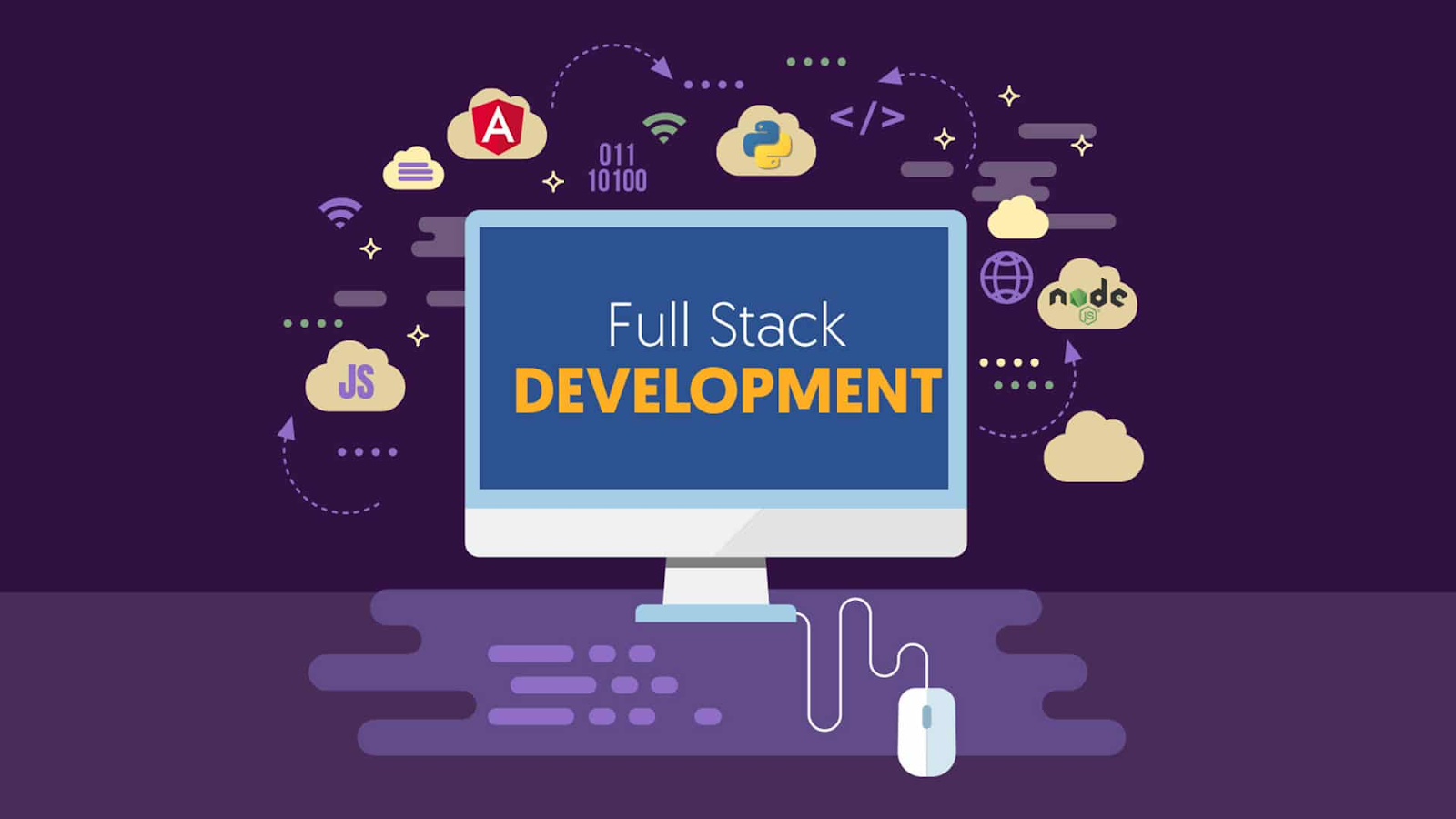If you’re pursuing a career in coding, you’ve certainly heard the phrase “full stack developer” spoken by knowledgeable colleagues or on tech forums.
Full stack developers are, to put it simply, the Swiss Army knives of the software industry. These shrewd individuals are adept at switching between different development environments since they are multilingual programmers.
English idioms, or statements that say one thing but imply another, often have an impact on the vocabulary used in the software industry.
Full Stack Development: What Is It?
To be clear, it’s quite probable that no matter what sort of developer they are, they have never seen a true “stack” in any of their code. These aren’t crucial aspects of code, whether it’s a stack of pancakes or a stack of laundry.
Having said that, the metaphor of the “stack” is appropriate for describing the tiers of software development. This concept’s basic tenet is that software development is not linear but rather stacks on top of itself.
It seems logical that this word would be suited for software development because a stack is by definition a vast number of things. Because a stack in this sense contains all the components necessary for a finished software project.
For instance, a complete stack consists of all the parts required for both the front-end and back-end of development. Of course, front-end and back-end are idioms as well, denoting various components of the stack that need attention.
The layers of a full stack development may or may not include databases or capabilities specific to mobile app development, in addition to front-end and back-end development.
Additionally, there are full stack developers. While some may see these individuals as “jacks of all crafts, masters of none,” you should be aware that these developers are often experts in a small number of technologies and at ease using the others.
A Full Stack Developer’s Job Duties
Those that work as full stack developers have a variety of duties. They must be adept at building websites with a solid internal architecture and providing customers with an engaging and user-friendly experience. A complete stack developer must be knowledgeable in back-end technologies, database architecture, HTML, CSS, and JavaScript.
In order to ensure that technical concerns are successfully addressed at every level of the development stack, these professionals often work with a product from the start of its development until its official debut. They do this by using best practices set by the industry.
Alongside a visual design team, full stack developers first come up with platform ideas. They often assess prototypes before converting them into finished solutions that are developed. Then, these multifaceted programmers create useful databases and servers to support client-facing content, constantly assessing how user-friendly an app is and doing essential problem-solving.
The top full stack developers also stay current on market trends and new technological developments, and they know how to use these developments to their companies’ advantage.
The following are typical duties of the profession:
- CSS preprocessors are used in conjunction with HTML, JavaScript, and CSS to create client-facing platforms.
- Taking care of servers and databases
- Coding for functionality across several platforms and languages
- Collaborating with the visual design team and expert developers to provide the best product possible
- Keeping up with new technologies that could be useful to the company
- Creating prototypes of minimum viable products to communicate with stakeholders in the business
For More info go to Relevant Software
Do Full Stack Developers Have a Job?
Simply said, absolutely! You can attend various Full Stack Developer Course online to increase your knowledge about the subject.
In terms of developing positions for the employment market, “full stack engineer” is now ranked #8. It should come as no surprise that full-stack developers are in high demand given their depth of expertise across a variety of technological platforms. The ideal individuals to communicate with the front end, back end, and design teams are full-stack engineers.
Furthermore, full-stack engineers may succeed in a variety of sectors outside of technology. The same study also discovered that computer software, information technology and services, the internet, financial services, and marketing and advertising were the top industries for full stack engineers.
Conclusion
You get the chance to understand all the nuances of your next software development project by working with full-stack developers. One method for better, more direct collaboration is to have one team of developers working on both sides of your idea.

